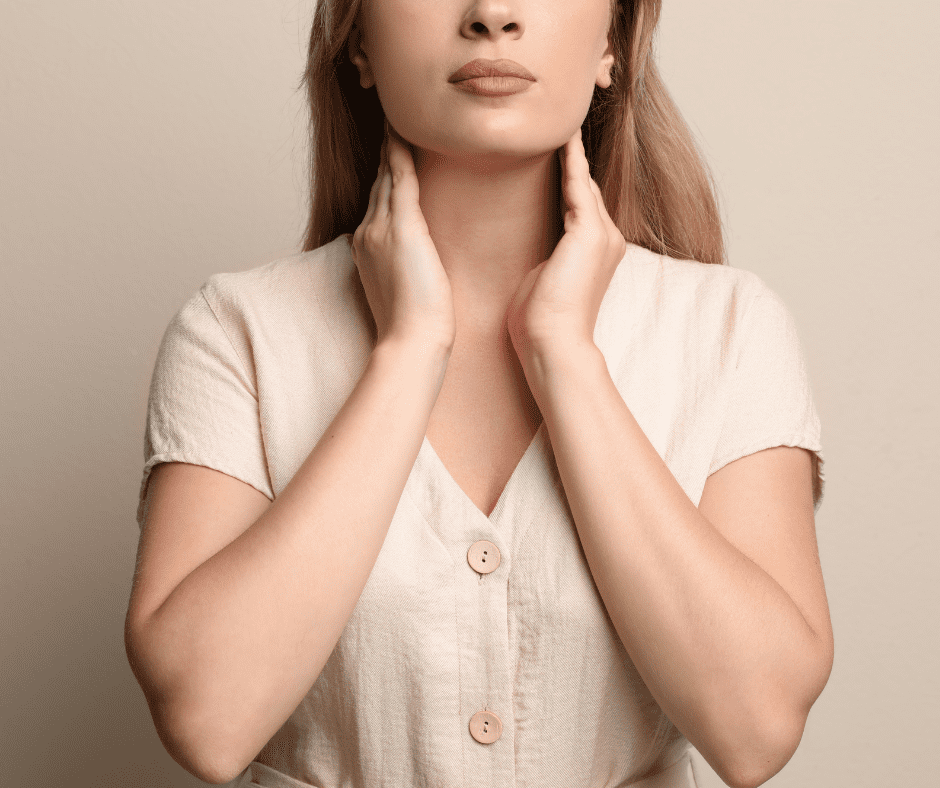
Got a Blister on Your Fall Hike? 4 Ways to Prevent Them!

The beautiful fall weather is encouraging people to get outdoors. And there’s no better time of year to go for a long, relaxing walk or hike. But too much of a good thing can lead to blisters if you don’t take precautions. Most people think of blisters only developing on our feet, but these uncomfortable skin irritants can develop anywhere on the body where there is chafing. In today’s post, Dr. Hubert Lee at CarePlus Foot & Ankle Specialists in Bellevue, WA, is sharing information regarding how to prevent blisters.
Luckily, blisters can be prevented by stopping the chafing. To end them before they even begin to develop, take precautions if you know you’re going to do a lot of running, walking, hiking, or other physical activity. And always pay close attention to what your skin is telling you.
To stop chafing that can cause blisters to develop, podiatrists recommend the following 4 preventative measures.
- Shield your feet. To stop blisters from developing on your feet, be sure to wear socks that are moisture-wicking or nylon. If wearing just one pair of socks isn’t helping, try wearing two pairs to avoid chafing. It’s also important to make sure your shoes fit properly and that they are not too loose or too tight.
- Wear the right clothing. When participating in any physical activity, be sure to wear loose-fitting, moisture-wicking clothing. Try not to wear clothes made of cotton because it will soak up moisture and sweat. This can lead to friction, which will cause chafing
- Use soft bandages. Consider wearing adhesive moleskin or other soft dressings for problem areas, such as the thighs or feet. Be sure that the bandages are applied correctly and securely.
- Use petroleum jelly or powder. These will help decrease friction and prevent chafing.
If you experience discomfort or pain, or if your skin turns red, stop your activity right away to avoid getting a blister.
If you do happen to get a blister, try to be patient, and leave it alone. Most blisters will tend to mend without intervention in a couple of weeks. Also, refrain from the activity that caused the blister until it’s completely healed.
While your blister heals, be on the lookout for signs of an infection. If you notice any pus, redness, or increased swelling or pain, make an appointment to see your podiatrist.
If you need more tips to avoid or treat blisters, contact Dr. Hubert Lee at CarePlus Foot & Ankle Specialists in Bellevue, WA, to make an appointment. You can schedule an appointment online or by calling us at 425-455-0936.
You Might Also Enjoy...


Understanding Foot Edema: What It Can Signal About Your Health

Three Ways to Treat Your Feet in Honor of Foot Health Awareness Month

5 Surprising Things Your Feet Can Tell You About Your Health

Top Reasons People See Podiatrists


